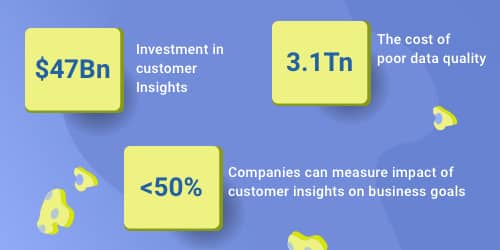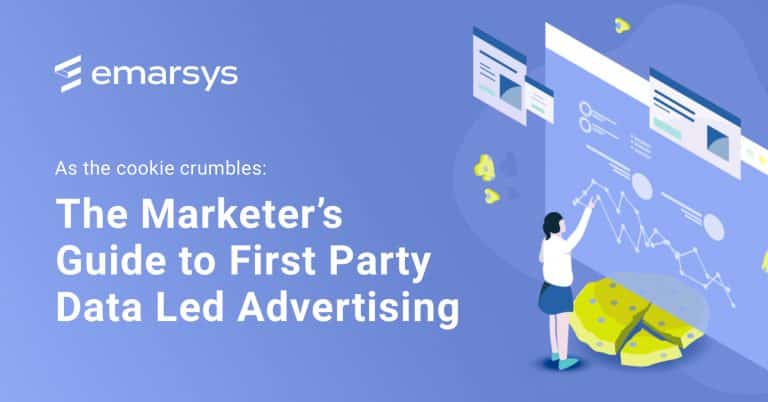The data landscape is changing, drying up the availability of most 3rd party data and forcing marketers to capture and retain the consent of their customers, to use data for marketing. 1st and 2nd party data is the easiest way to maintain the permission and is also more valuable as it yields higher quality customer insights and increases the accuracy of customer traits, which allows marketers to create much more valuable audiences for advertising.
The cookie-less world is about getting permission to use customer data to create more value for customers, through personalized and relevant shopping experiences. To use this 1st party data, you need a solution that natively integrates with online and offline channels, and that has built-in permission management flows for each channel to honour permission commitments to make your transition to 1st –party data risk-free.

Since Jan 2020 changes in the data landscape have been accelerating, and with more and more vendors locking down data, which means brands must adapt to a new permissioned way of working to stay competitive.
With permission to work off customer data, you are in a position to build more precise audiences by deriving these valuable customer traits which lets you improve relevance and engagement. Switching to permissioned data is actually an opportunity that allows you to evolve your advertising strategy that puts you in a much better position to retain and maximize Customer Life time value (CLTV).
Retailer CUE Clothing understood that to know a customer, you need to identify them, so they removed the guest-checkout feature from their website, which turned every sale into a 1st-party data capture, allowing them to attribute 80% of offline revenue and 100% of online revenue to known customers.

By using inventory and product affinity, CUE were able to deliver campaigns that resonated with their customers, helping the migration from offline to online during the COVID-19 pandemic. The result of this approach put them in the best possible position by capitalizing on a robust first-party data strategy that helped the business stay profitable during a time when lockdowns put almost 80% of their revenue at risk.
To help other retailers navigate the changing landscape, Emarsys have compiled The Marketer's Guide to First Party Data Led Advertising which covers everything from how to identify your customers to capture the right data; to using that data to drive higher return on ad spend and CLTV. You can download the free guide here.

